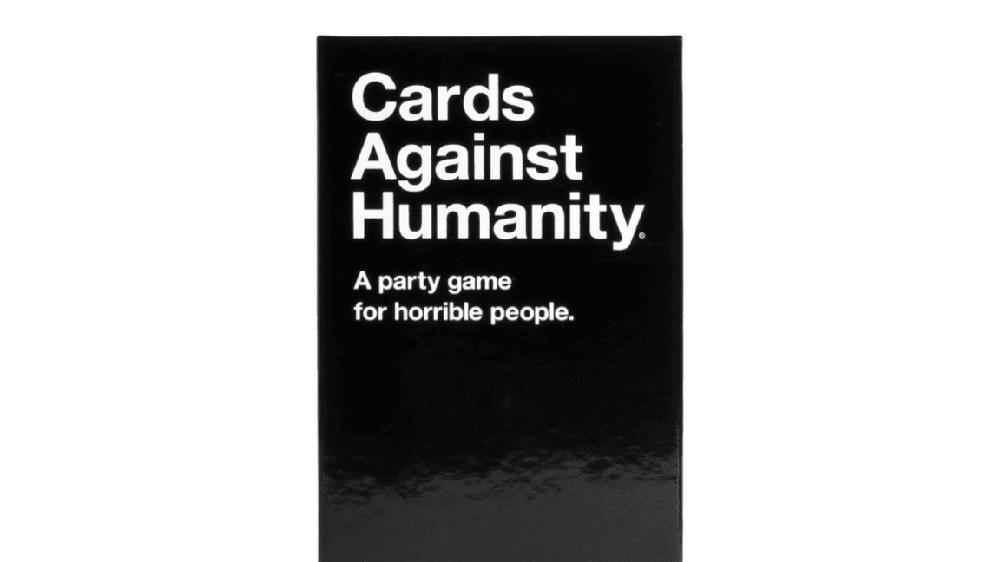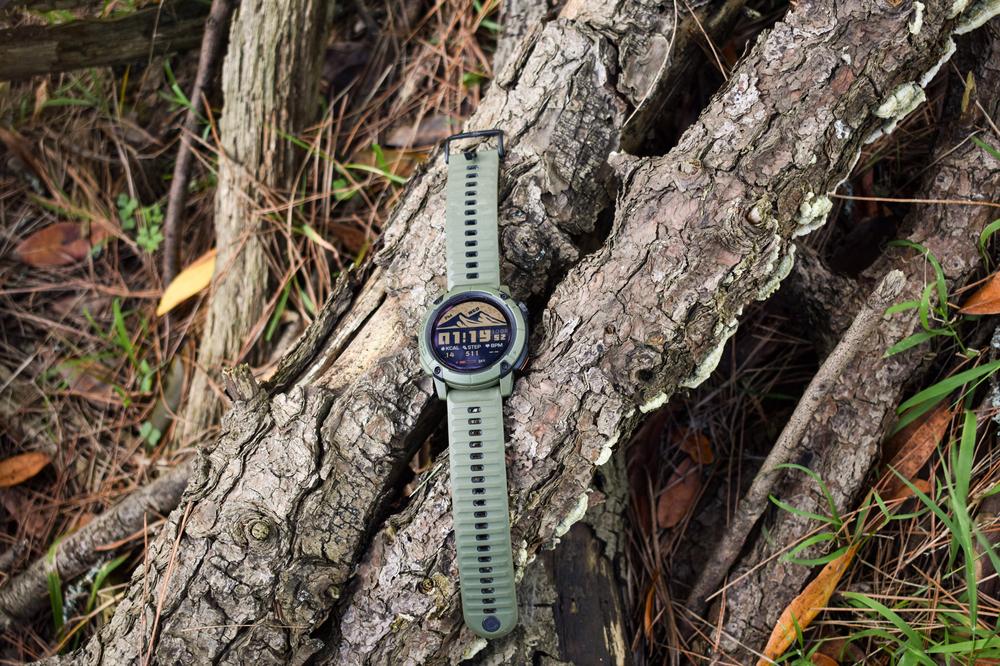Cards Against Humanity (CAH) this week announced its newest stunt: a "Cards Against Humanity Explains the Joke" edition that ditches the game's rules and adds explanatory notes to each card in the box. This makes the project "informational material" rather than a "game," and therefore CAH can avoid import tariffs. All profits from the one-off project will be donated to the American Library Association to fight censorship.
While a clever way to stick it to Trump, this week's news did raise a question I've heard from several readers: If CAH is this upset about the whiplash-inducing tariff rates, which are added and then removed with almost no warning, why doesn't it print the game in the US? I mean, it's just a box of cards! How hard can it be?
In the board game space, designers have wrestled with this question for years. While many US-based designers would like to work with local manufacturers, in reality, it's often not possible. Complex board games today may feature cardboard creations like constructible dice towers, custom-shaped and painted wooden markers, multicolored jewel pieces, plastic bits of nearly every possible variety, custom-printed component bags, molded miniatures, cards in multiple sizes, metallic coins, dry-erase boards, fancy box inserts, massive dual-sided playing boards, and long manuals. The only manufacturers capable of doing all this work are generally in China or central Europe (Germany still has good manufacturing, and there are also sites in Poland and the Czech Republic).
Earlier this year, for instance, I quoted two board game designers who had looked into US production and found it infeasible.
Jamey Stegmaier, who has published hits like Scythe, Viticulture, and Wingspan, wrote, "I recall getting quoted a cost of $10 for just a standard empty box from a company in the US that specializes in making boxes," though a full game can be made and boxed in China for the same amount.
Or take Meredith Placko, the CEO of Steve Jackson Games, which produces games like Munchkin. "Some people ask, 'Why not manufacture in the US?' I wish we could," she wrote. "But the infrastructure to support full-scale board game production—specialty dice making, die-cutting, custom plastic and wood components—doesn't meaningfully exist here yet. I've gotten quotes. I've talked to factories. Even when the willingness is there, the equipment, labor, and timelines simply aren't."
But surely, you say, a box of cards should be possible. And it is. But CAH tells me that the downsides of US manufacturing for its game are still significant.
"We actually tried diversifying our suppliers by working with a US factory several years ago, but they were twice as expensive, three times slower, and much lower quality—something like 20 percent of games were unsellable due to production errors," said a spokesperson for the company.
And although it is possible to print card games in the US, CAH makes other products too and would prefer to work with a single manufacturer who can handle all of it. Newer CAH games like Head Trip use "wooden tokens and a round folding board," while another title called Tales "has a bound book and 20 tiny matchboxes of prompts."
In the end, though, it's not just about dollars and sense. It's also about relationships and trust. CAH has "used the same factory in China since 2010, and they’ve grown alongside us from a small business to a huge operation," I was told. "They do great work, we like them, and we feel a moral obligation to stand by them through Trump’s insanity."
(If you want to produce Cards Against Humanity in the US, however, you can always download the free files for the game [PDF] and print it yourself. Be warned that it is quite vulgar!)
Board and card games are not one of the major pillars of the US economy, of course, but looking into how complicated it can be to get a game made does illuminate complex issues around globalization and manufacturing that are too often turned into simple soundbites.

 Is the Coros Nomad really an adventure watch?
Is the Coros Nomad really an adventure watch?